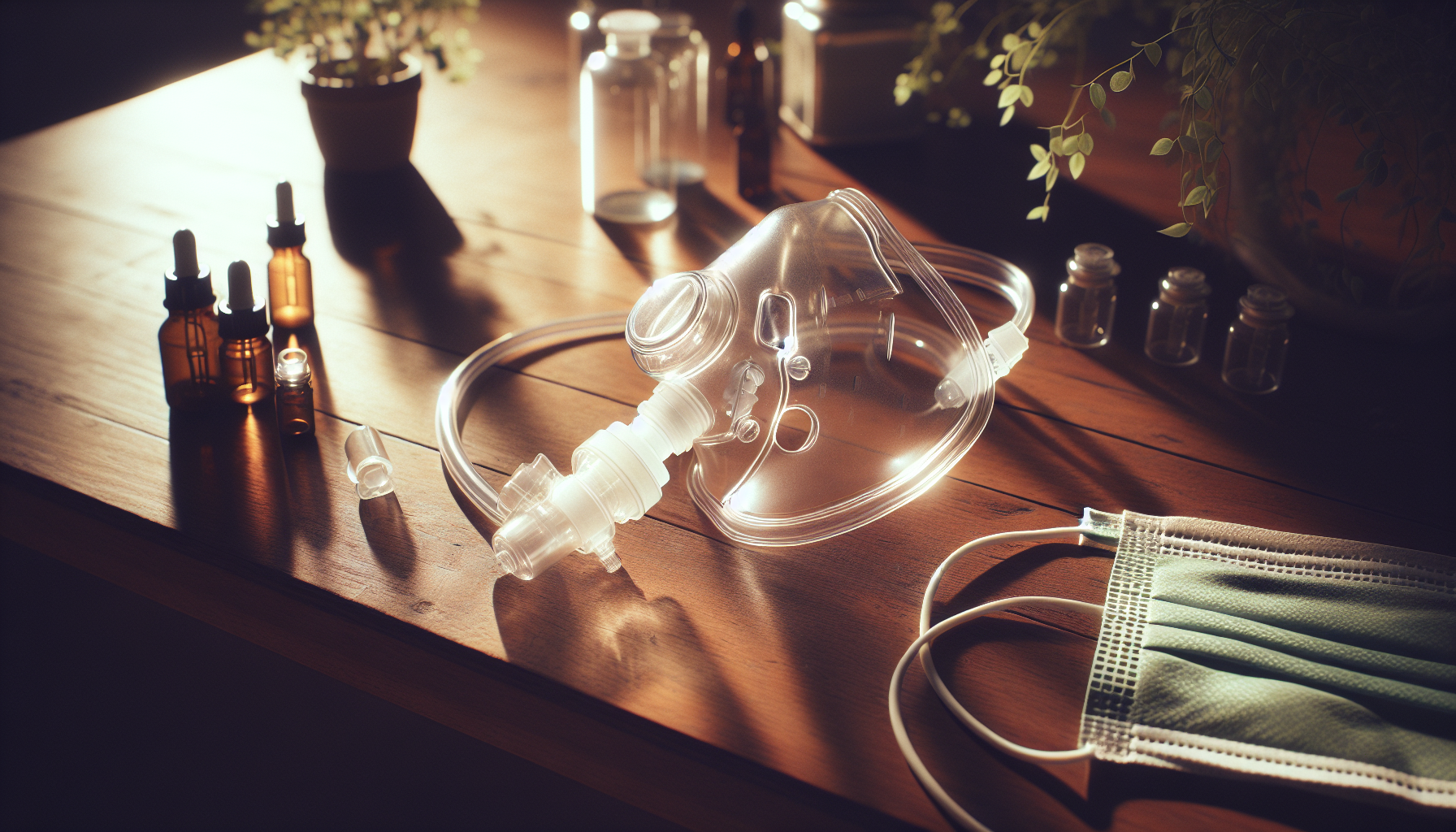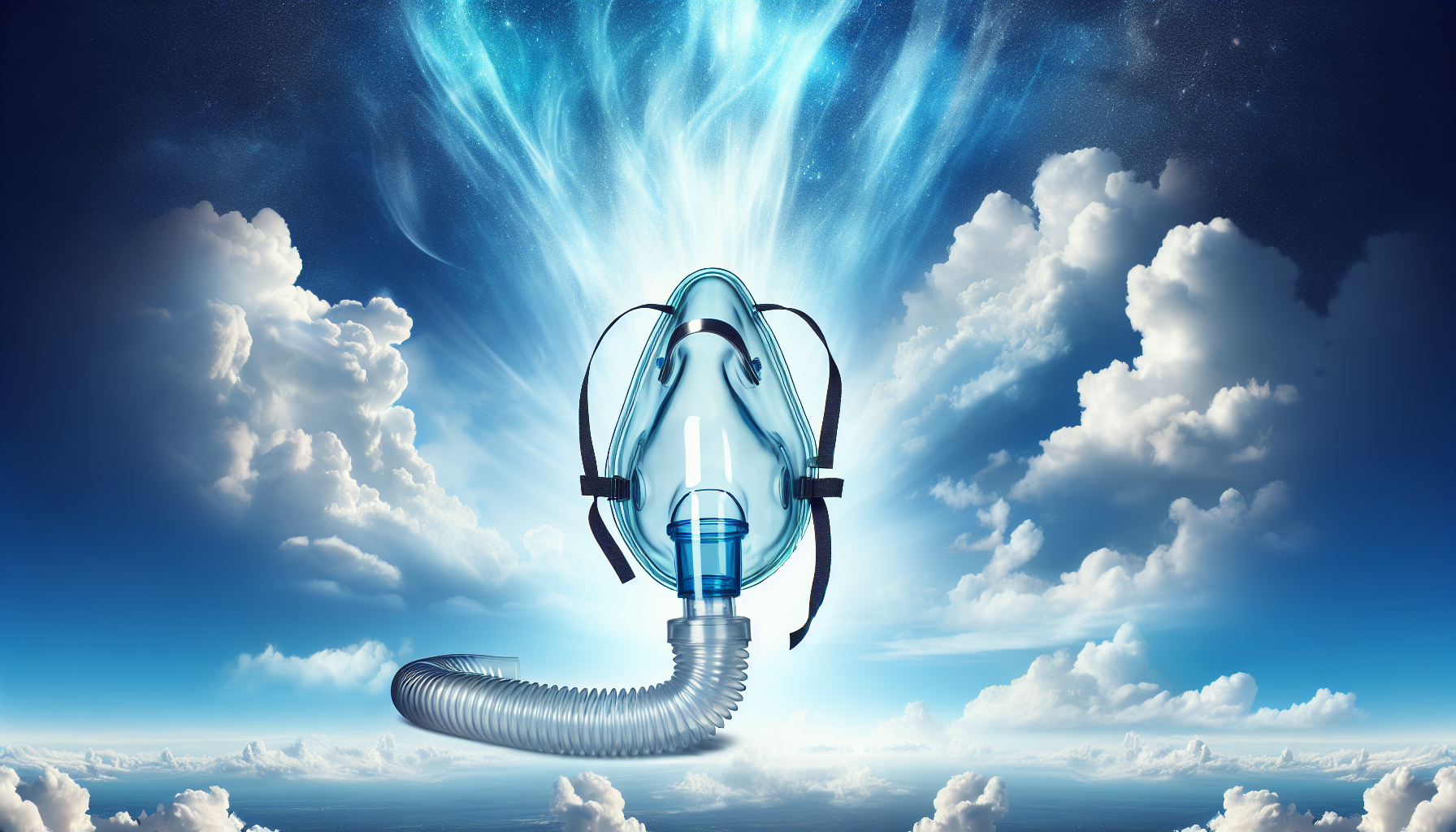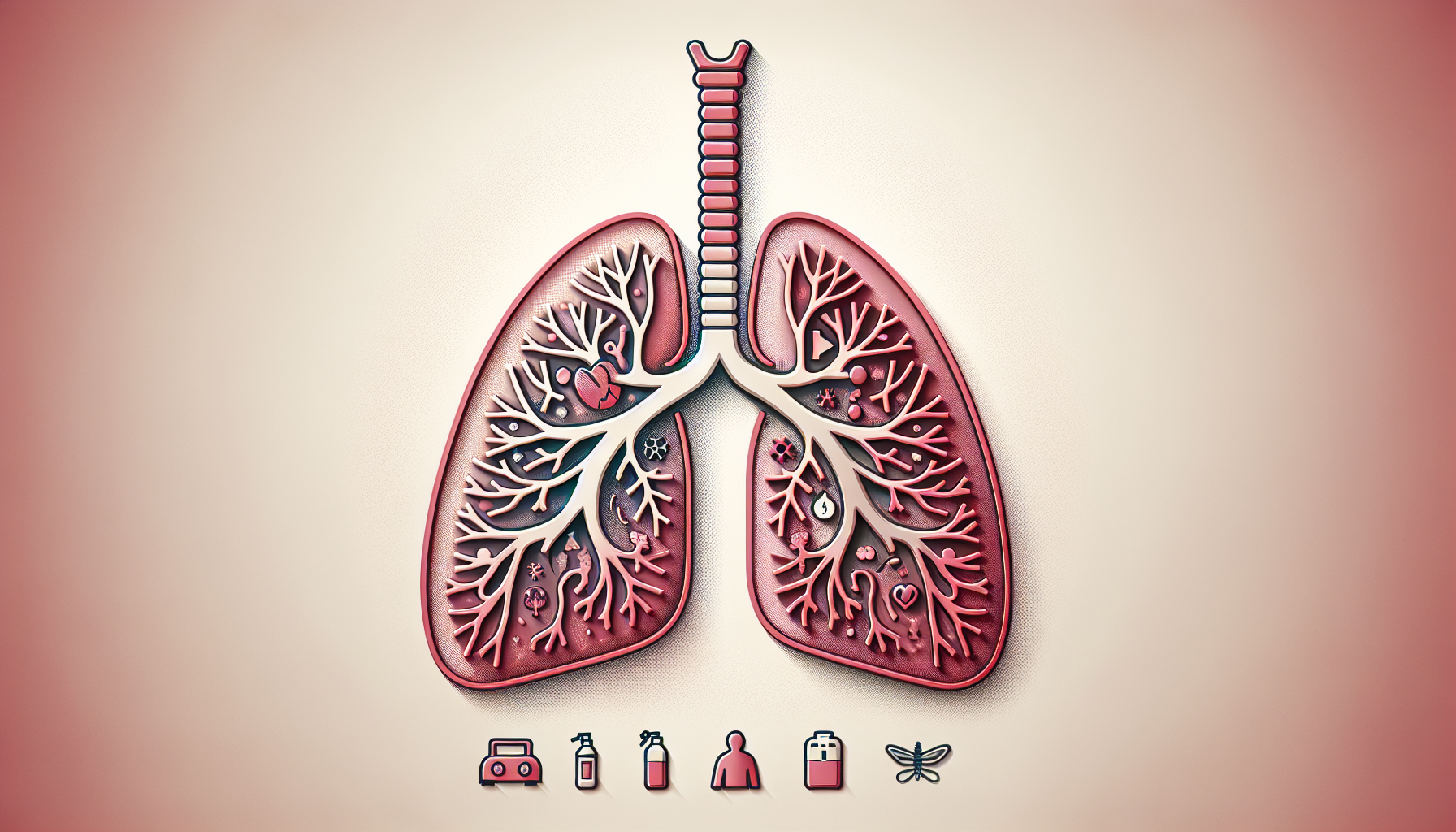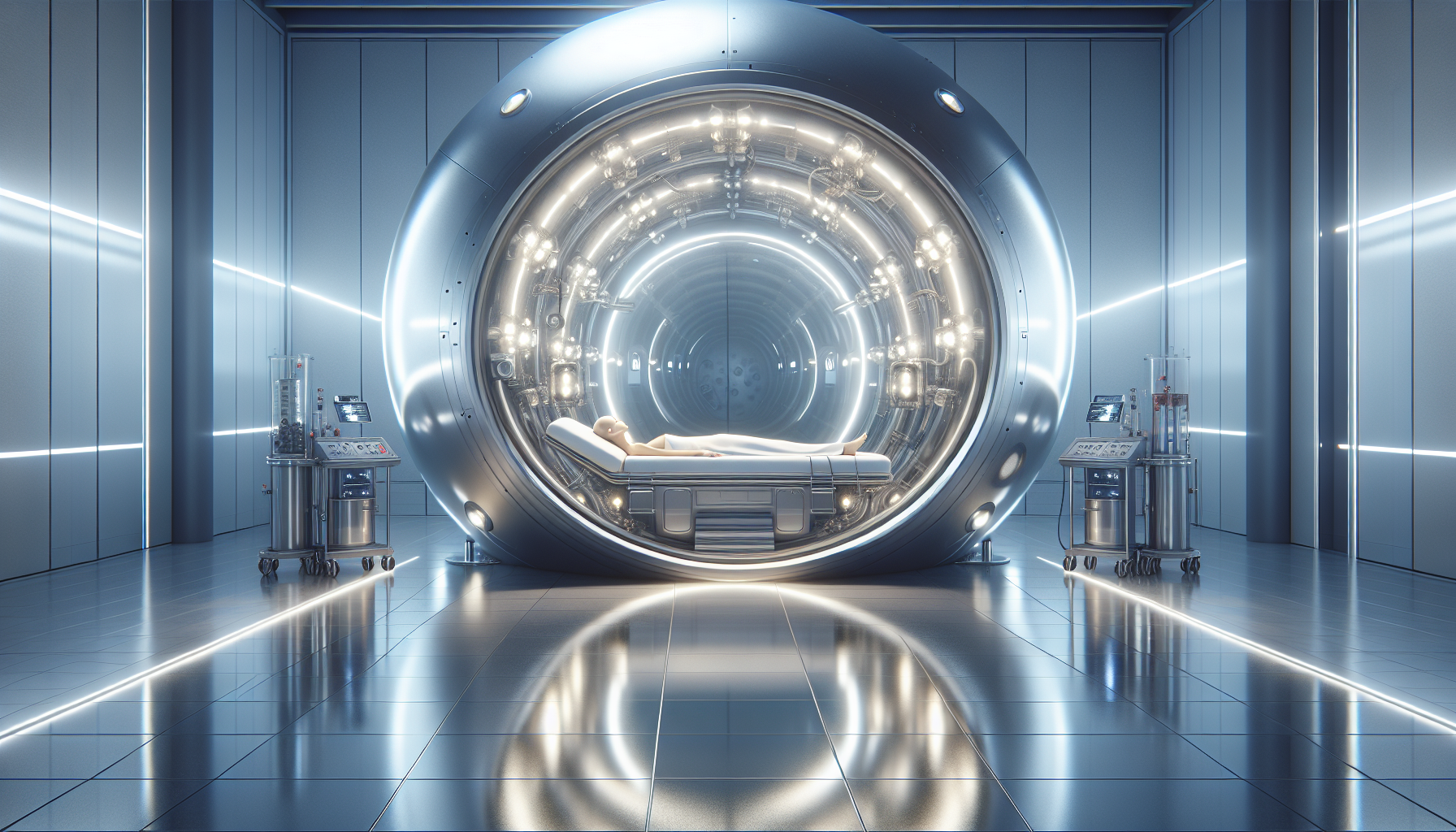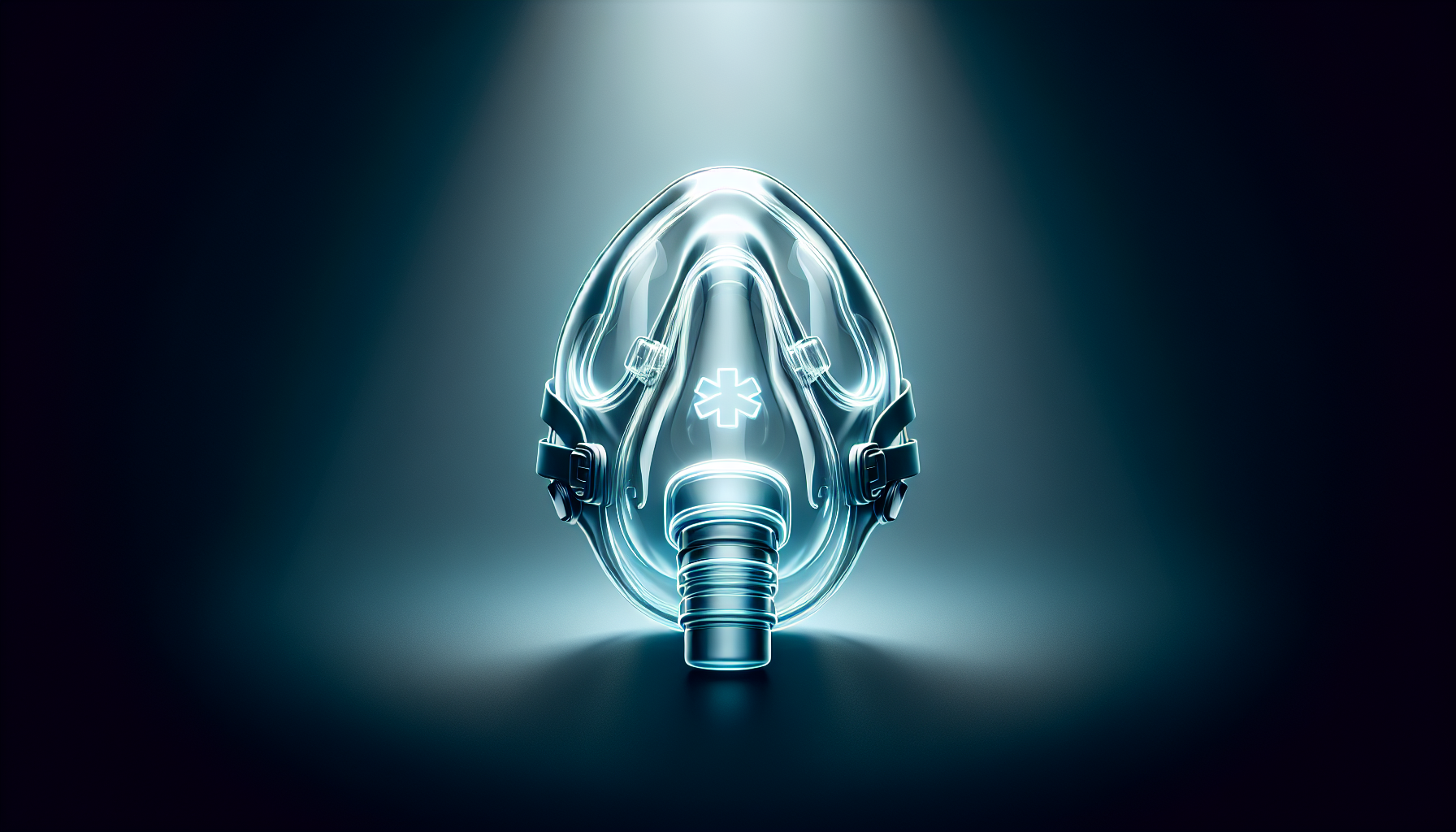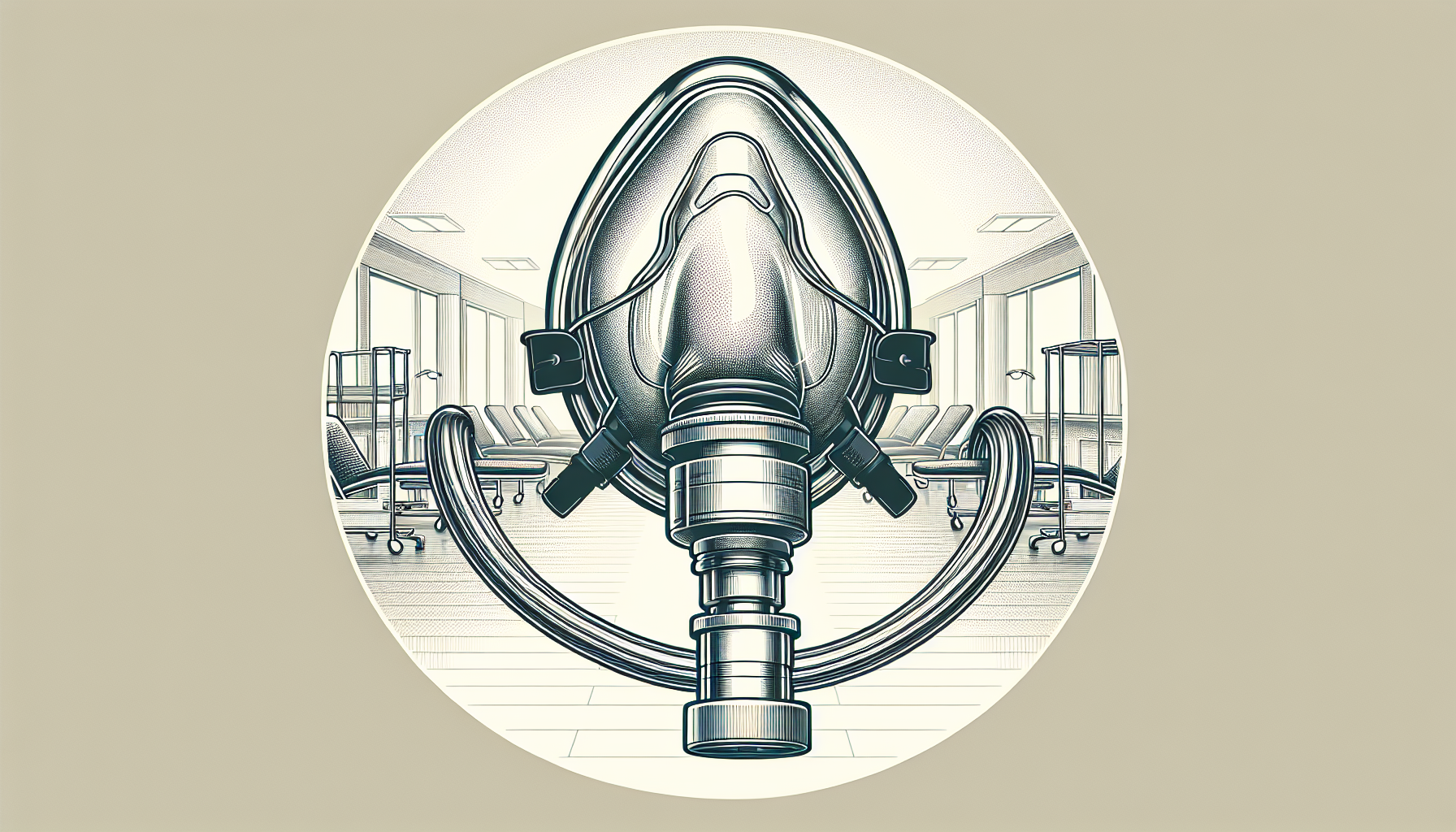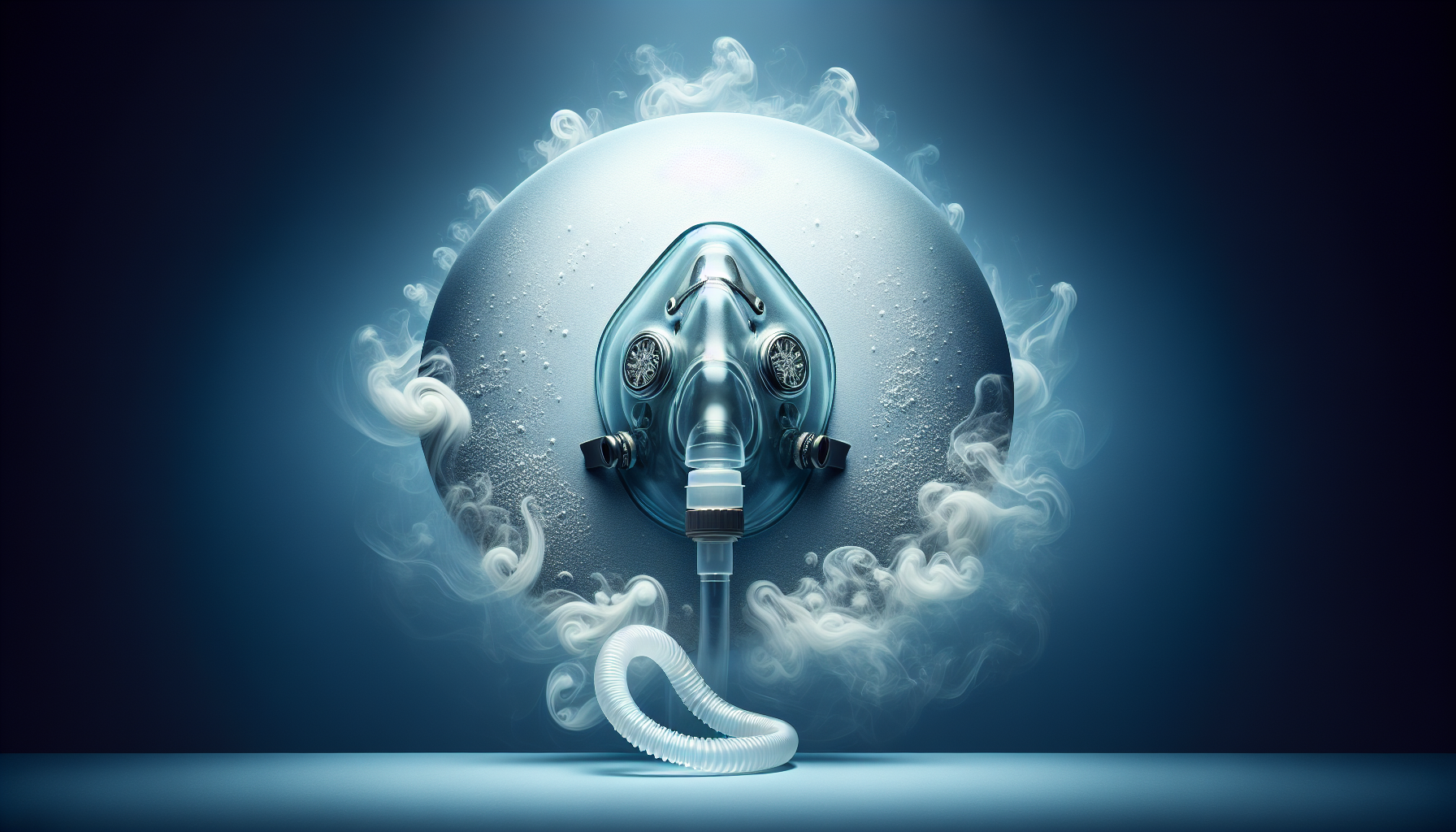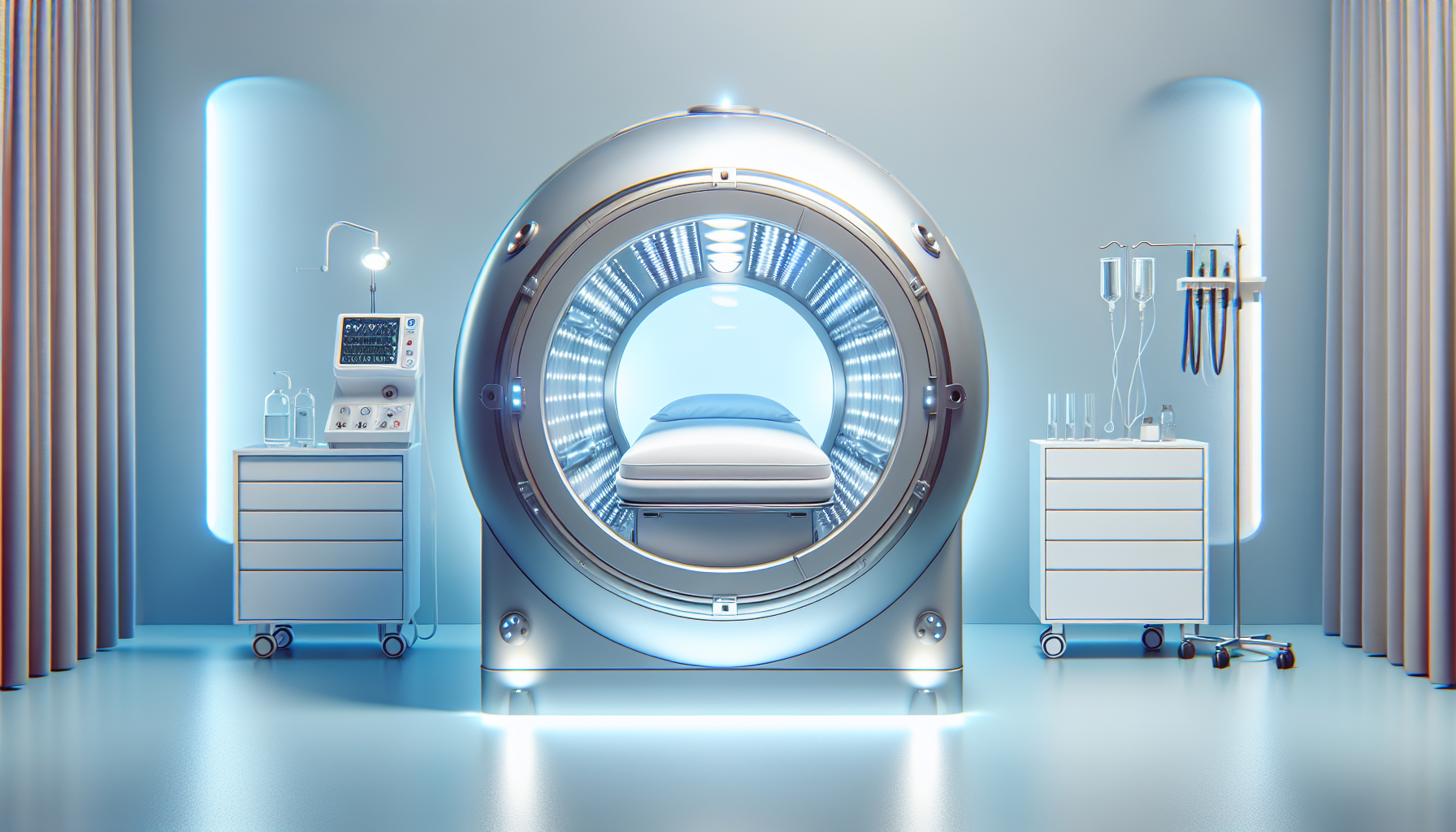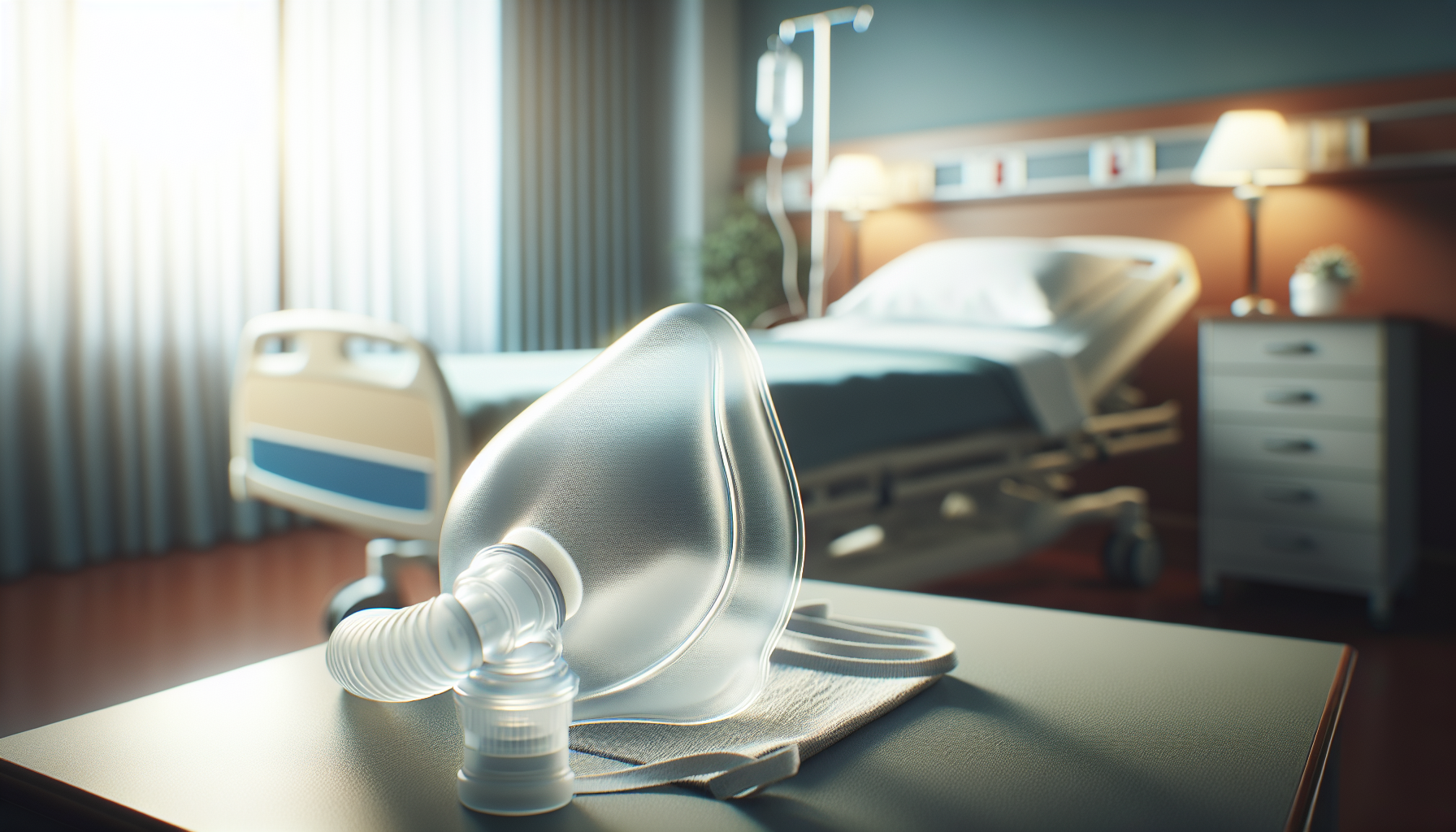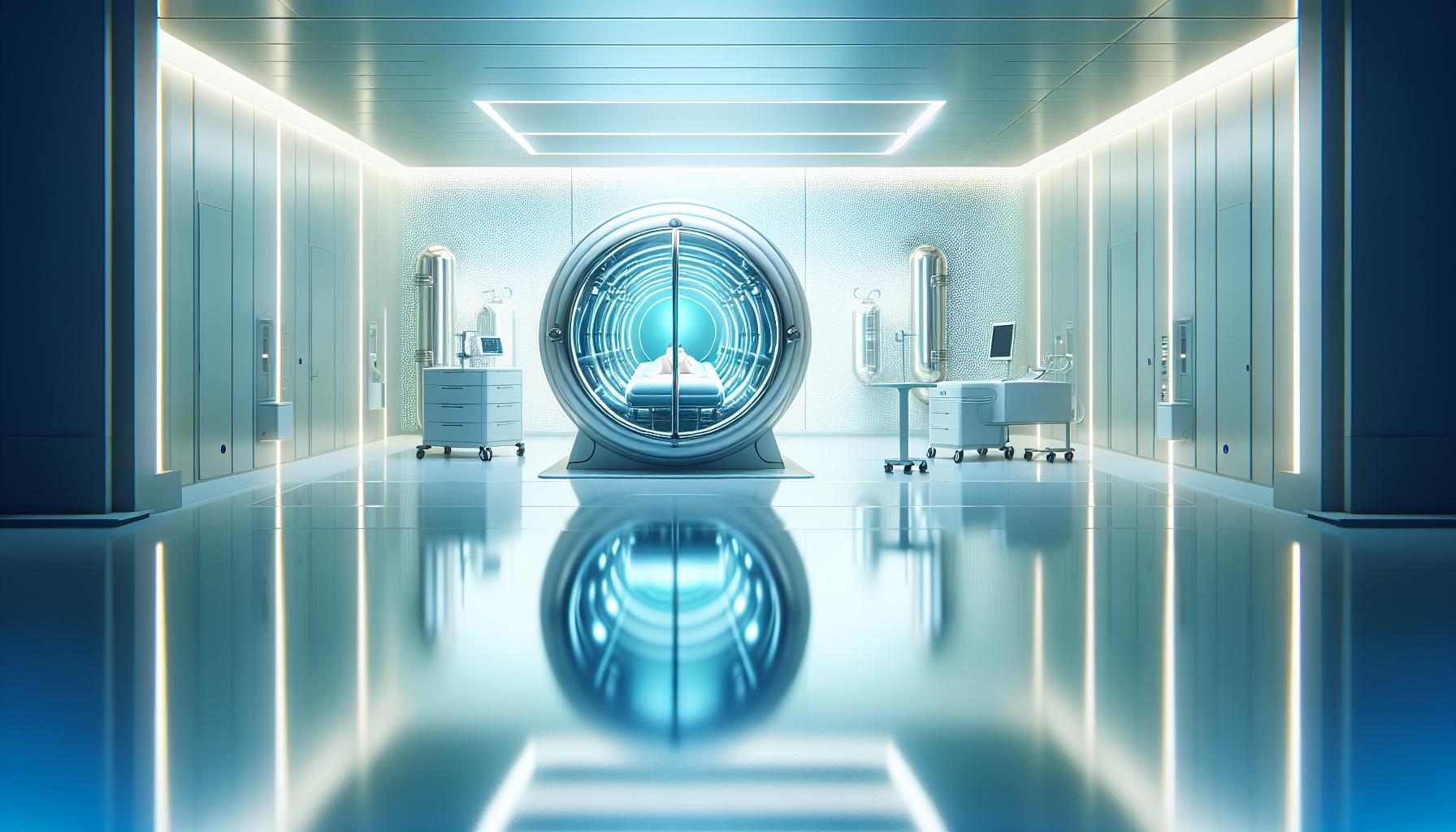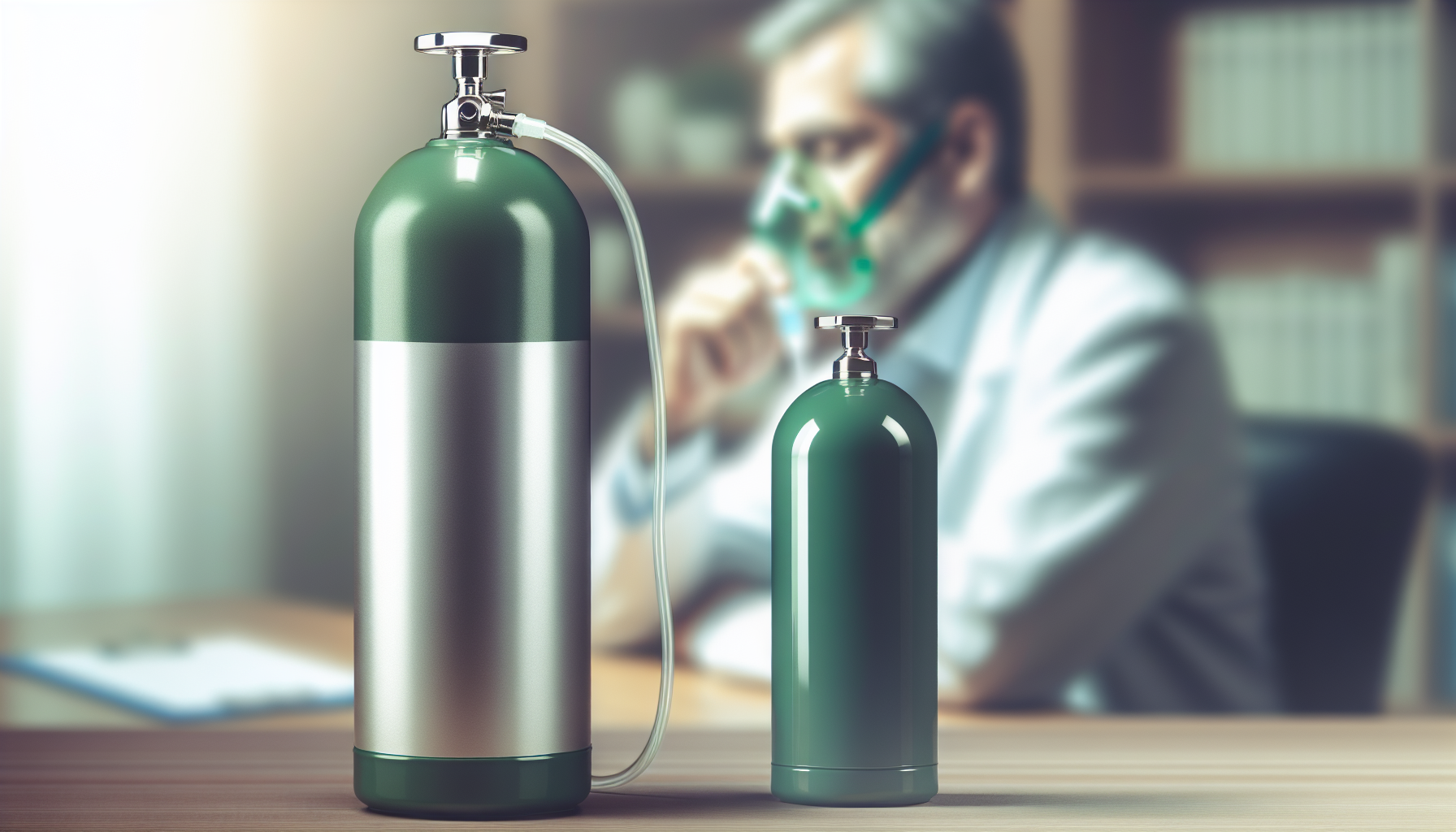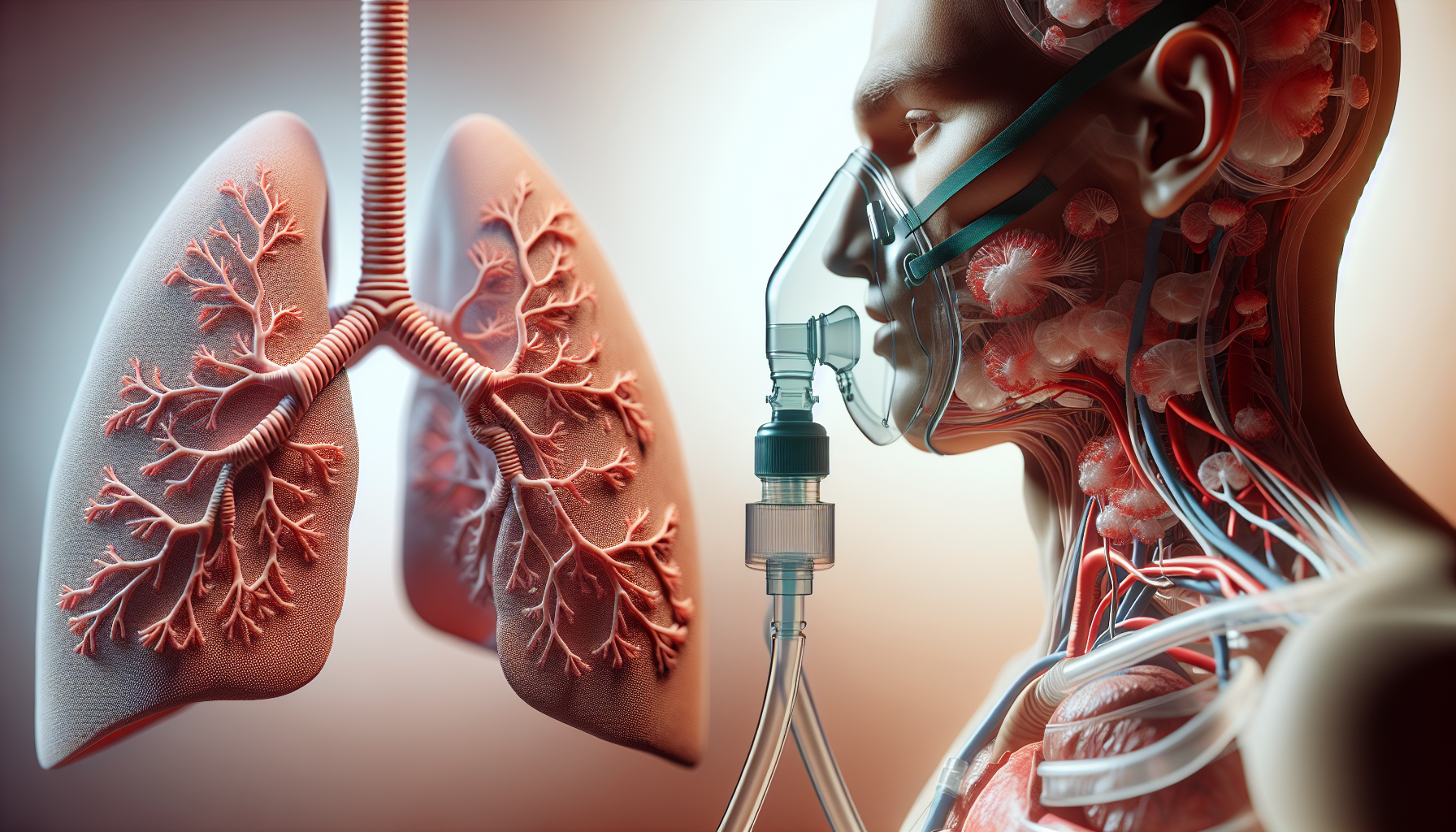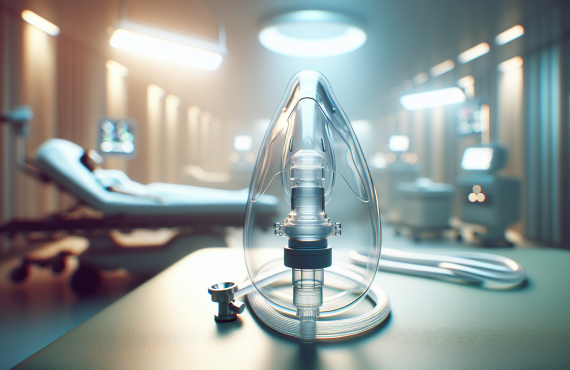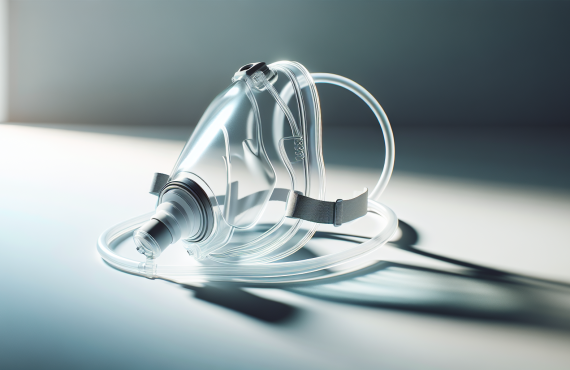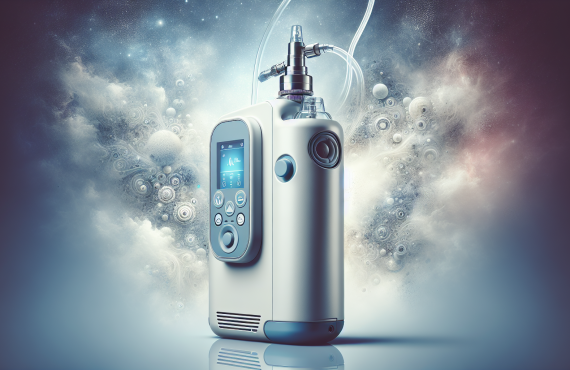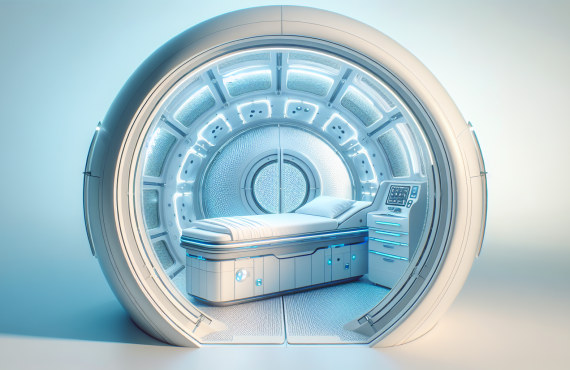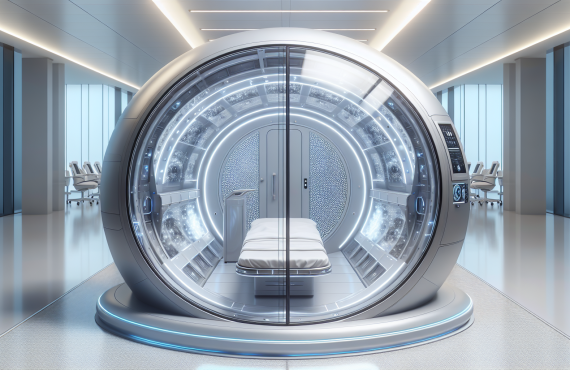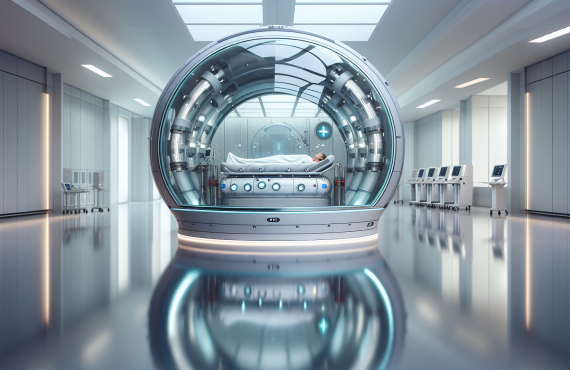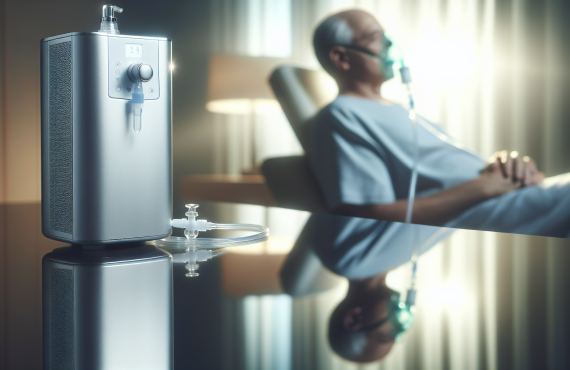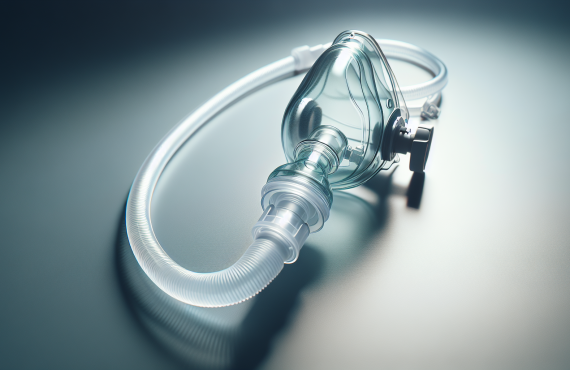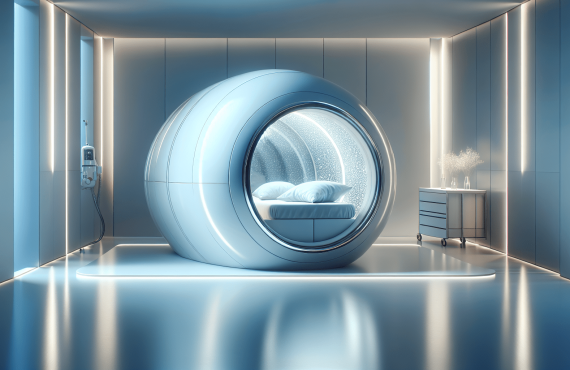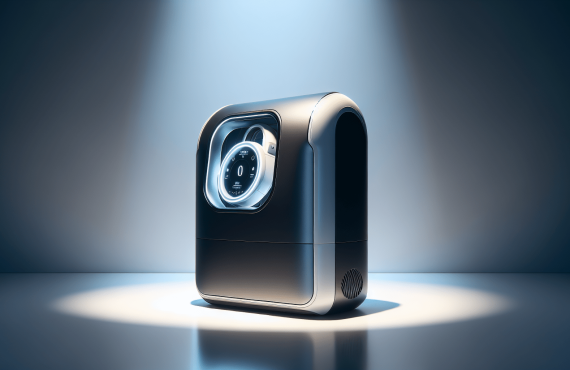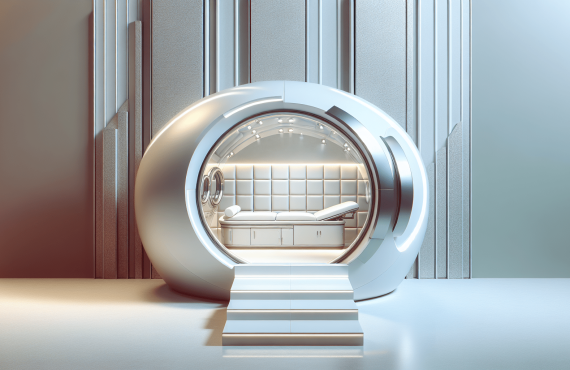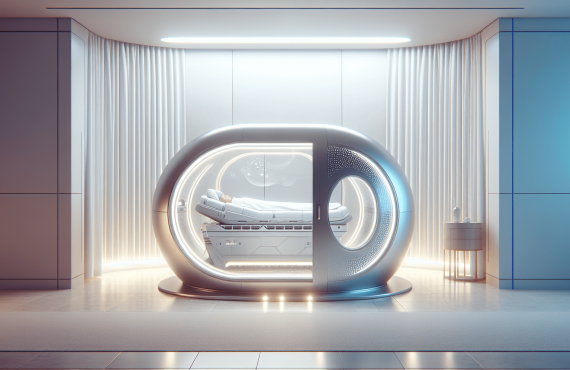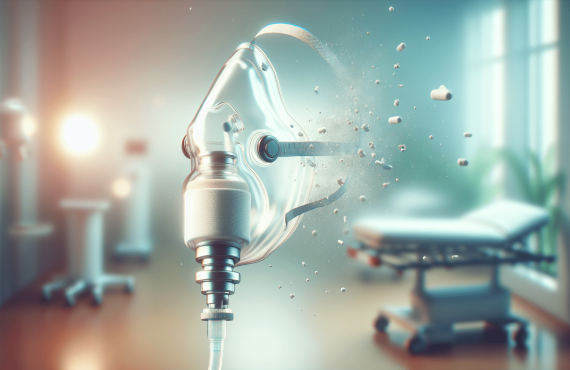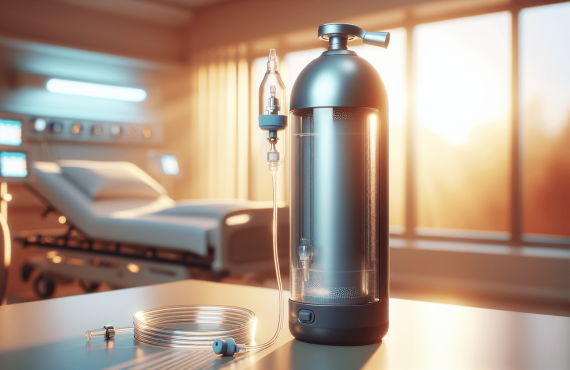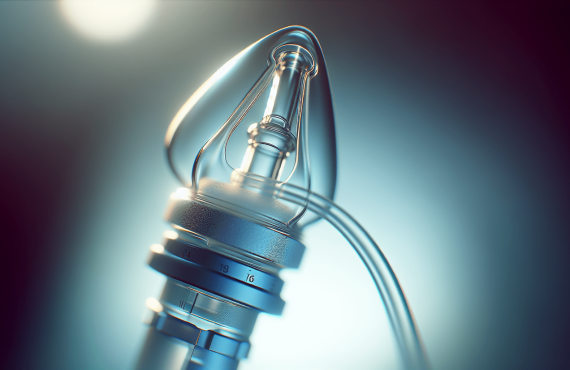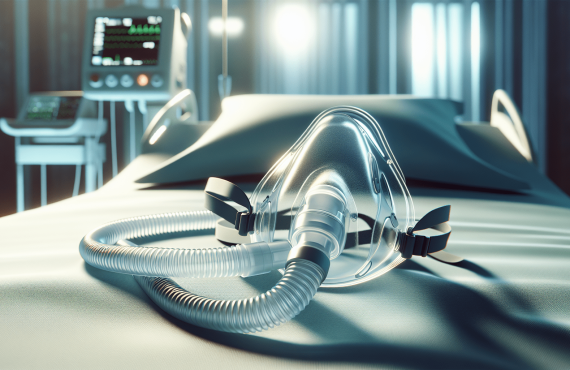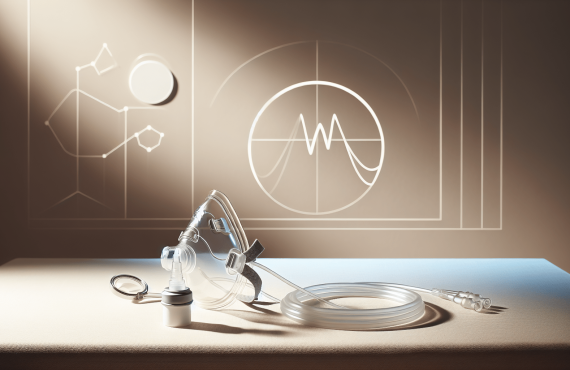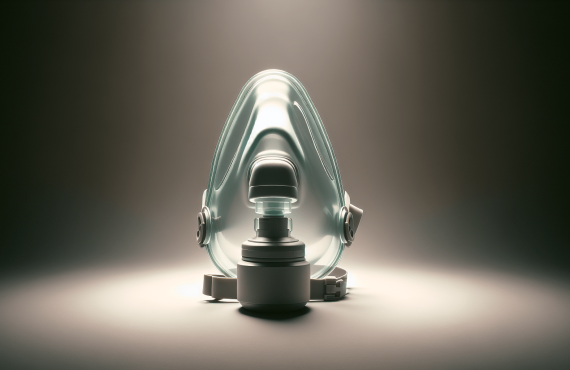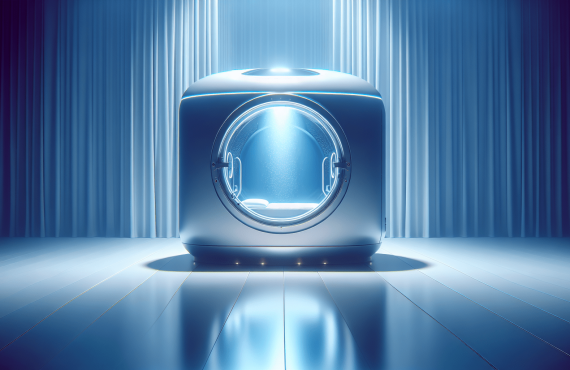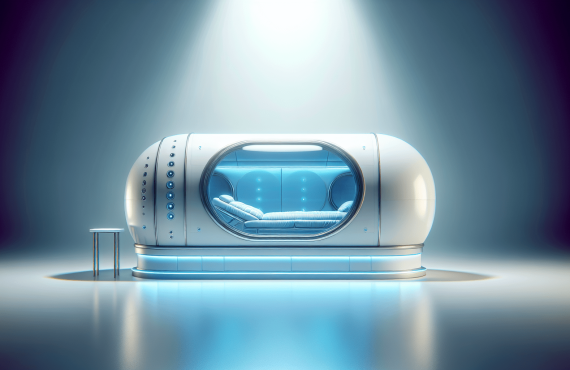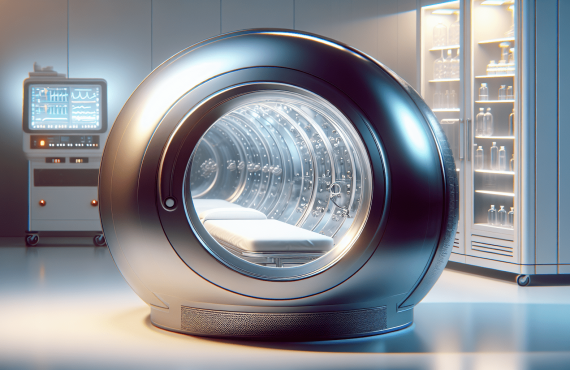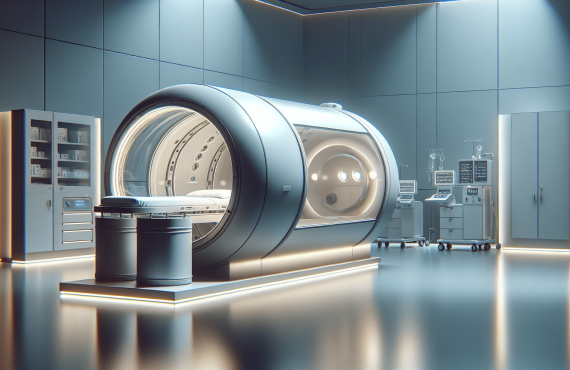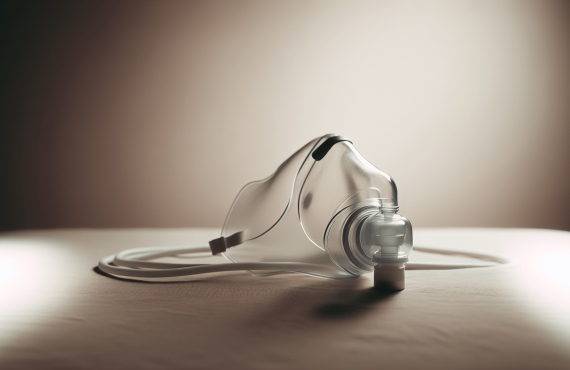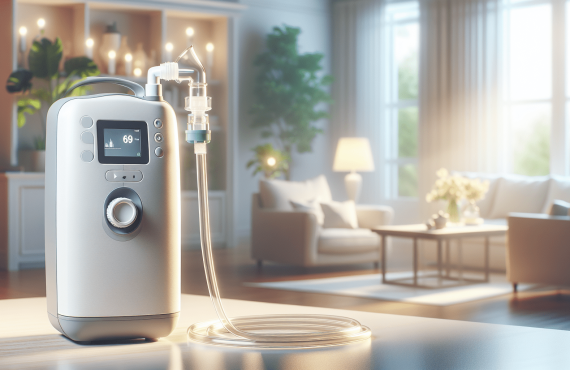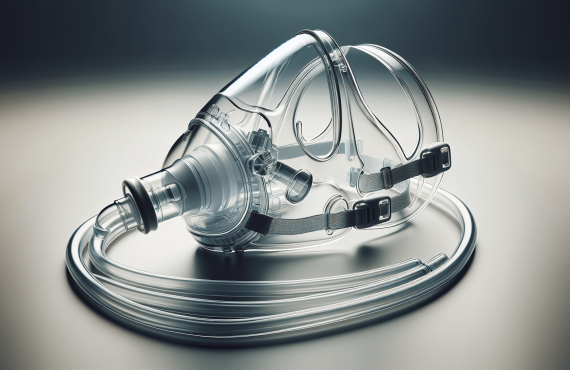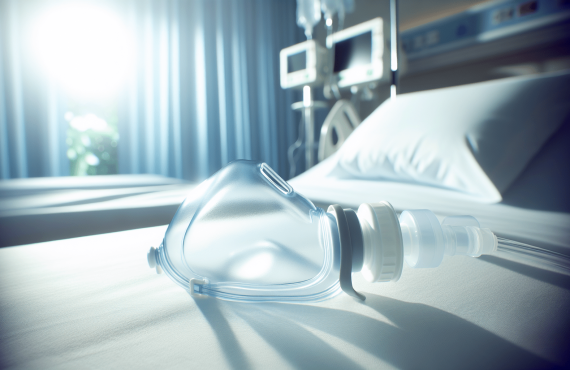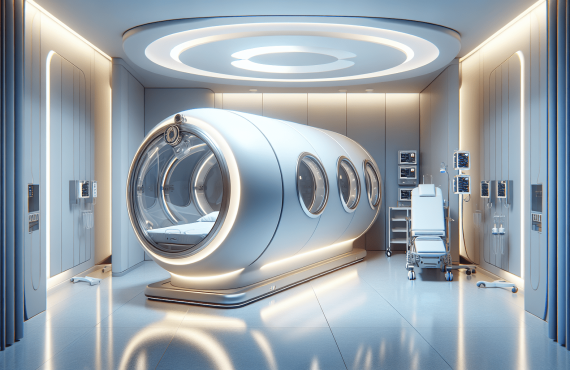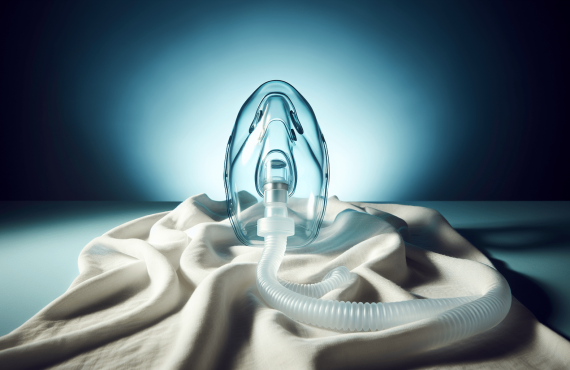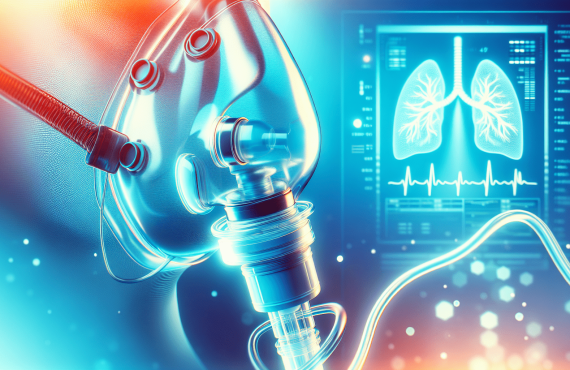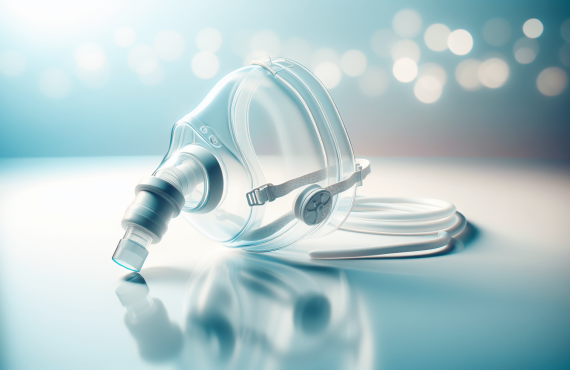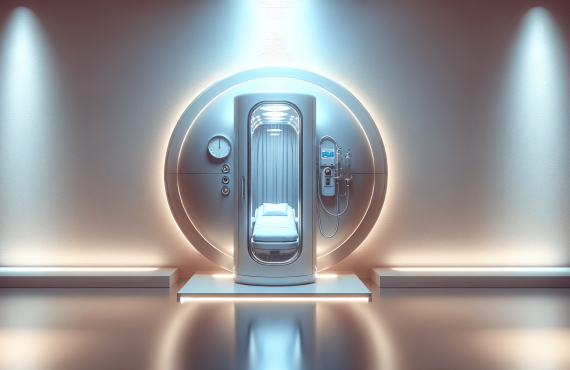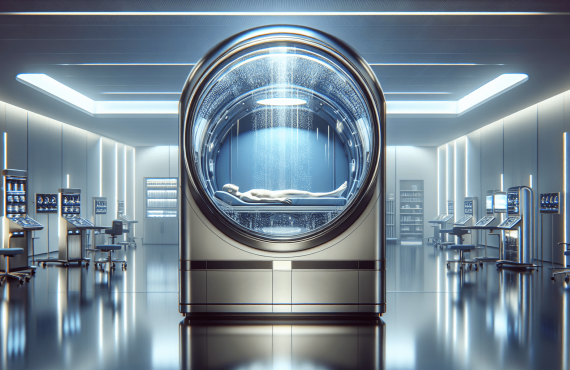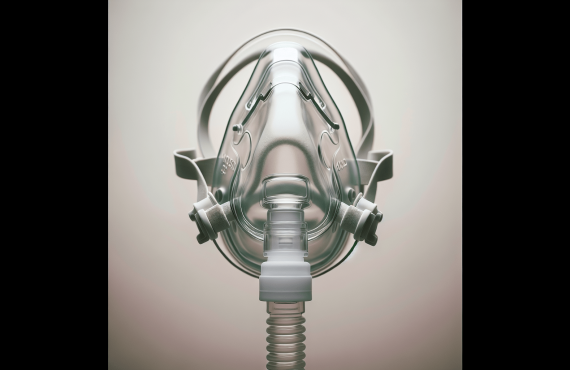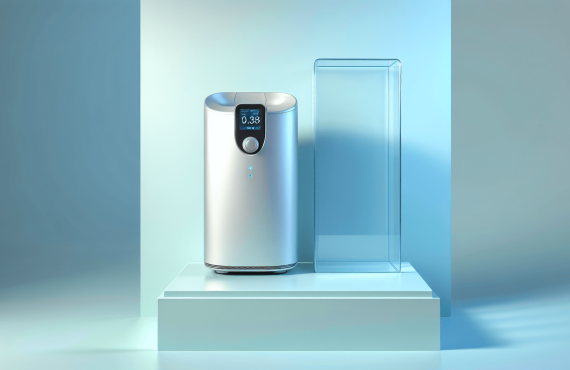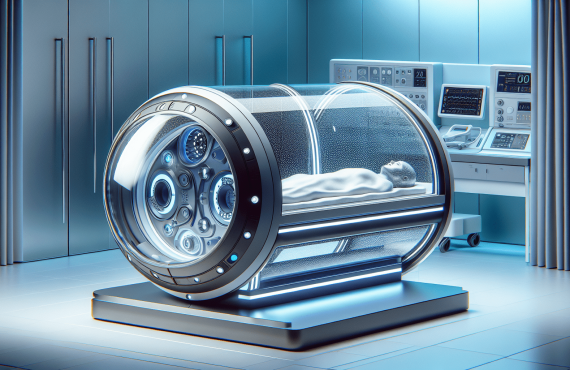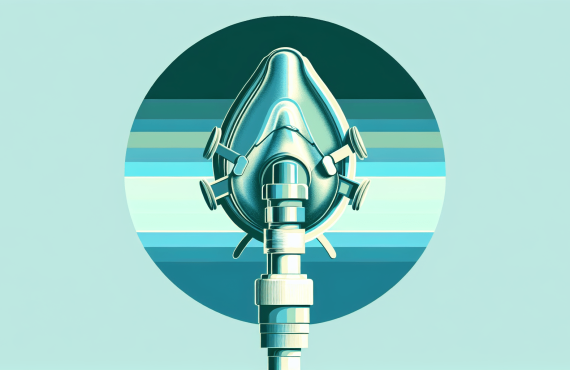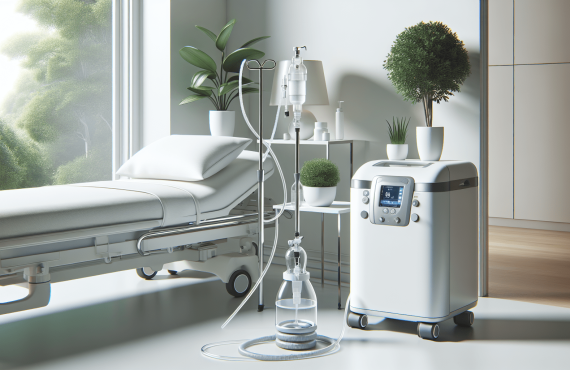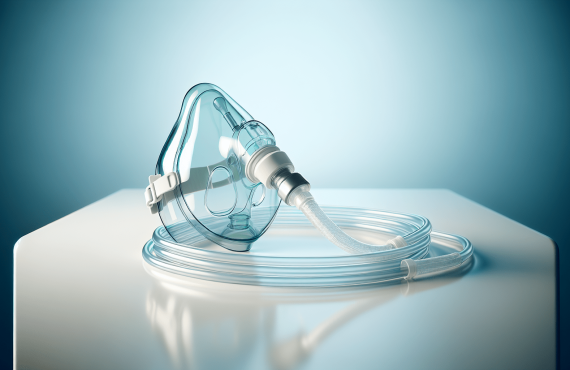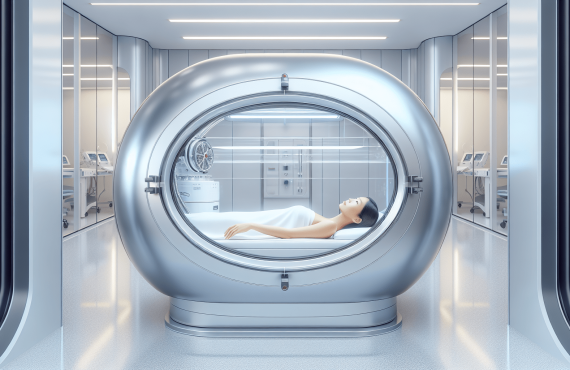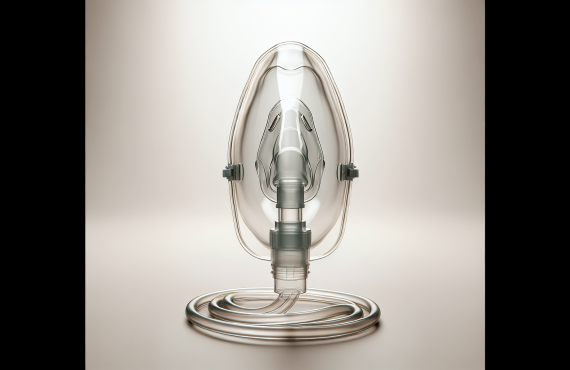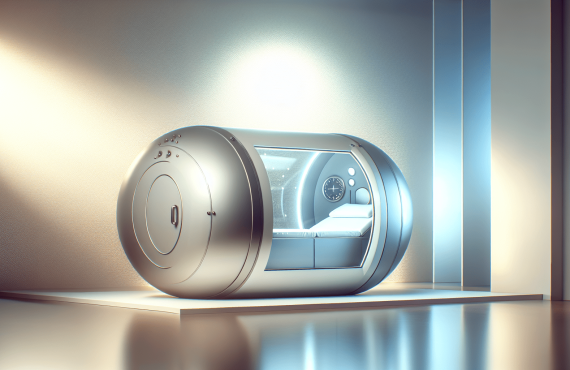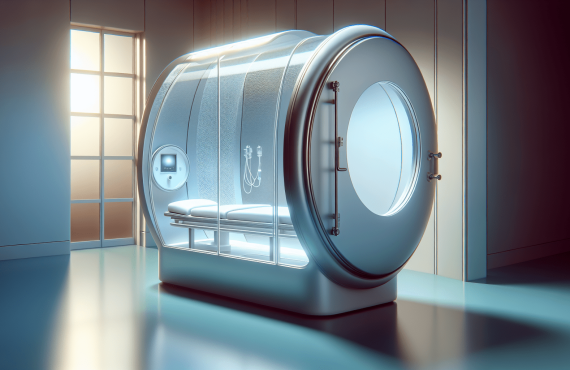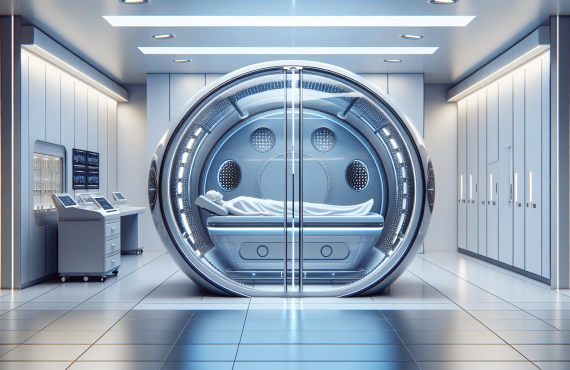Have you ever wondered what could happen if your body received too much oxygen from therapy? It’s a curious question, isn’t it? It makes you pause and think about how something as essential as oxygen could possibly become too much of a good thing. Oxygen is vital for life and healing, but like anything else, balance is key. Let’s dive into what too much oxygen therapy looks like and how it impacts our body in different ways.
Table of Contents
Understanding Oxygen Therapy
Oxygen therapy comes into play when our body needs a little help to get the oxygen levels right. Healthcare providers often use it to address conditions where breathing is impaired. It’s like giving your body a boost but in the air you breathe. The therapy provides support to people affected by chronic obstructive pulmonary disease (COPD), pneumonia, severe asthma, and other respiratory illnesses. It can also be used in cases of heart failure and sleep apnea. Oxygen therapy involves different methods, including portable tanks and concentrators, to increase oxygen levels efficiently.
Who Needs Oxygen Therapy?
People with decreased lung function or difficulty in breathing often find oxygen therapy beneficial. Conditions like COPD or severe asthma can restrict airways, making it hard to get enough oxygen into the bloodstream. In these cases, breathing supplemental oxygen can make a big difference in energy levels and overall well-being. Oxygen therapy isn’t just about giving your body more oxygen, but also about enhancing your quality of life.
Types of Oxygen Therapy
There are several ways to administer oxygen therapy. You might be familiar with oxygen tanks or concentrators commonly seen in medical settings. Some people receive oxygen at home through a nasal cannula or face mask. There’s even a more advanced form known as hyperbaric oxygen therapy, where patients breathe pure oxygen in a pressurized chamber. Let’s look closer at this fascinating aspect.
Hyperbaric Oxygen Therapy (HBOT)
Hyperbaric Oxygen Therapy involves breathing pure oxygen in a pressurized chamber, akin to being under a mini-sea adventure minus the water. The principle is simple: increase the pressure and you’re able to dissolve more oxygen into your blood – much like pressing a sponge to soak it fully. This treatment is particularly useful for conditions like decompression sickness, chronic non-healing wounds, and carbon monoxide poisoning. It’s a therapeutic practice that uses pressure to its advantage.
How Hyperbaric Oxygen Therapy Works
Imagine you’re in a specialized chamber where, instead of the atmospheric pressure you’re used to, it’s taken up a notch. Here, you breathe in pure oxygen, letting it flow abundantly into your bloodstream. This process enhances the delivery of oxygen to body tissues significantly. It supports your body’s innate healing processes, reduces inflammation, and boosts immune function. In essence, hyperbaric therapy gives your body a much-needed oxygen level boot camp.
Benefits of HBOT
The benefits of hyperbaric therapy are fascinating. The rich supply of oxygen promotes tissue repair, fosters new blood vessel growth, and speeds up the healing of wounds. For those suffering from infections or chronic conditions, this therapy can be a game-changer, supporting recovery in ways regular medicine may not. However, with great power comes great responsibility, as too much oxygen can also have its drawbacks.
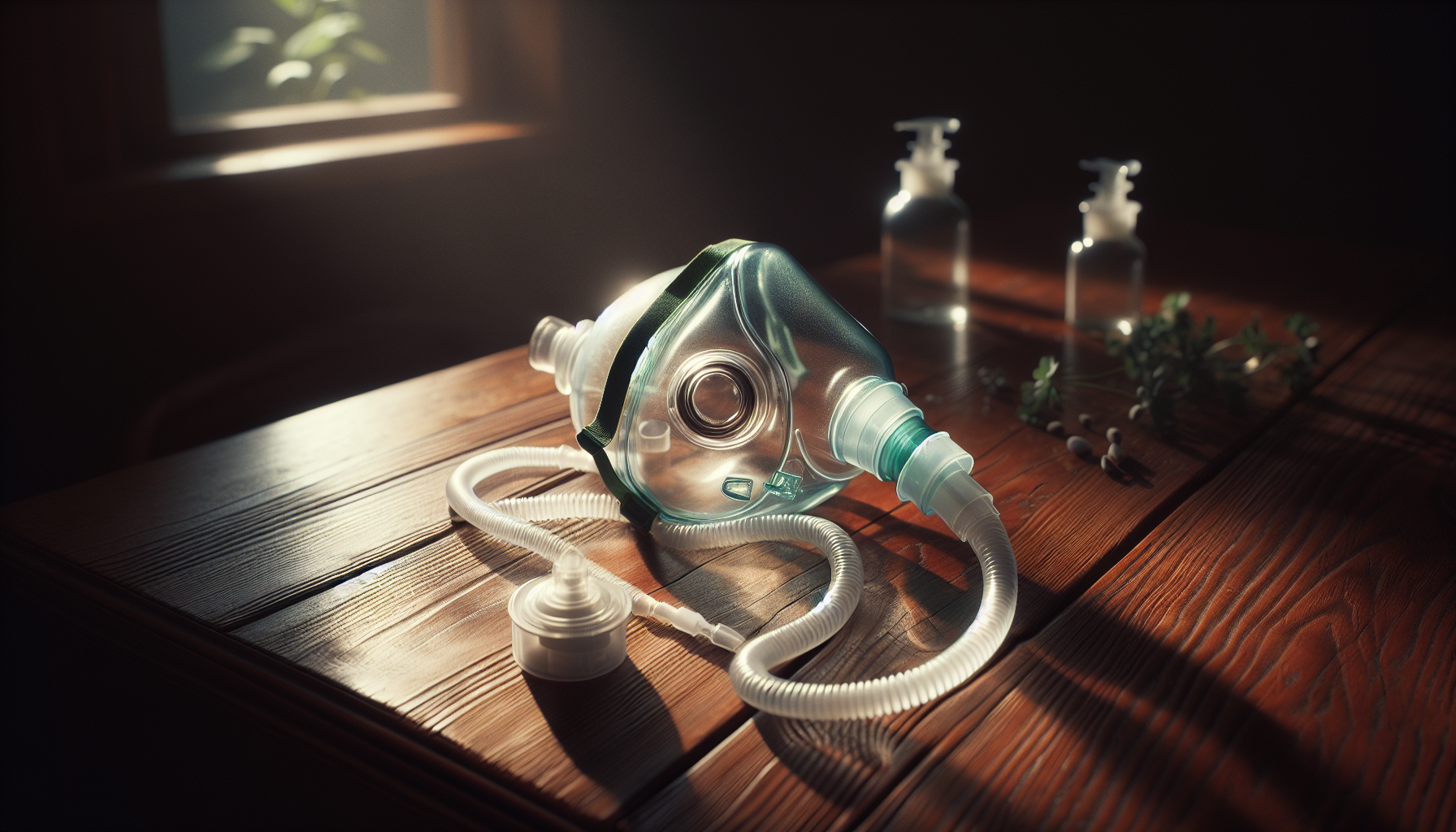
Signs of Too Much Oxygen Therapy
While oxygen therapy can be critical to healing, an excess could tip the balance from beneficial to detrimental. So, what happens when there’s too much oxygen in your system? Surprisingly, the symptoms are subtle but significant.
Oxygen Toxicity
Oxygen toxicity is a condition caused by breathing excessive oxygen. Simply put, too much of a good thing can lead to adverse effects, particularly affecting your lungs and central nervous system.
Pulmonary Effects
Excess oxygen can cause irritation and inflammation in the lungs. This condition, known as oxygen-induced lung toxicity, can lead to coughing, chest pain, and difficulty breathing, ironically the very issues oxygen therapy is meant to alleviate.
Neurological Effects
Too much oxygen can also impact the central nervous system, leading to headaches, dizziness, or even more serious symptoms like seizures. It’s a bit tricky because the symptoms don’t scream for attention but are significant enough to be disruptive.
Common Symptoms of Too Much Oxygen
-
Coughing and Irritation: Frequent coughing or a consistent feeling of irritation in the throat can indicate too much oxygen.
-
Nausea and Dizziness: A sense of nausea or periods of dizziness might suggest that your oxygen intake is higher than your body needs.
-
Vision and Hearing Changes: Alterations in sight or sound perception, such as blurred vision or ringing in ears, can be subtle indicators.
-
Mental Confusion: Sometimes too much oxygen can cause confusion, making it difficult to concentrate or causing an overall feeling of brain fog.
Monitoring Oxygen Levels
Regular monitoring of oxygen saturation levels ensures therapy stays within beneficial limits. Using tools like pulse oximeters can help keep an eye on levels, making sure they don’t stray into the danger zone.
Striking a Balance
Finding the right balance in oxygen therapy makes all the difference between healing and inadvertently causing harm. Your healthcare provider plays a key role in adjusting dosages and monitoring progress effectively.
Effective Communication
Sharing how your body responds to therapy is vital. If you notice any changes or symptoms, no matter how minor they seem, it’s crucial to talk about it. Your healthcare provider can adjust the therapy based on this feedback.
Scheduled Adjustments
Sometimes the dosage or form of therapy needs to change over time as your condition improves or changes. Regular evaluations ensure that the therapy remains aligned with your needs.
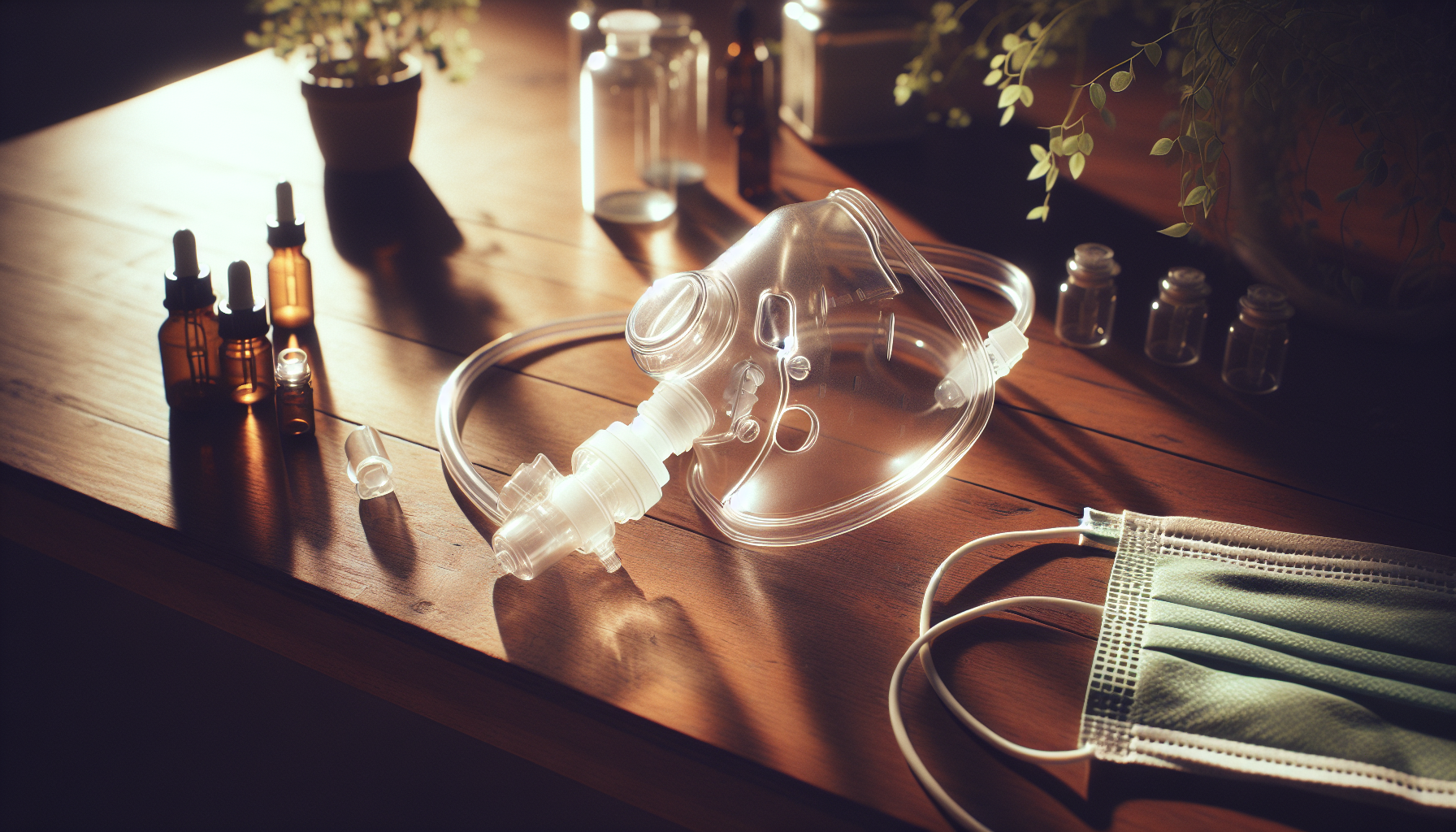
The Role of Healthcare Providers
Healthcare providers are like detectives decoding every sigh of discomfort, especially when it involves something as subtle as oxygen therapy side effects. At Henry Chiropractic, Dr. Craig Henry and Dr. Aaron Hixon are dedicated professionals skilled to guide you through healthcare decisions mindfully.
Why Choose Henry Chiropractic?
With a focus on holistic care, Henry Chiropractic serves as more than just a place for treatment. It’s a cornerstone for better health whether you have back pain, neck discomfort, or are reviewing your health strategy amidst oxygen therapy discussions.
Meet Dr. Craig Henry
Dr. Craig Henry, the heart and soul behind Henry Chiropractic, employs chiropractic methods to elevate wellness beyond traditional relief. He works with patients to ensure health goals are met comprehensively.
Meet Dr. Aaron Hixon
Dr. Aaron Hixon’s passion for helping others shines through every aspect. His engagement in community service and his diverse skills in various chiropractic techniques create a nurturing environment for health improvement.
FAQs on Oxygen Therapy
1. What is the purpose of oxygen therapy?
Oxygen therapy aims to boost oxygen levels in individuals struggling with low blood oxygen due to conditions like COPD, pneumonia, and heart failure. It’s about improving both health and quality of life by ensuring adequate oxygen supply.
2. Can too much oxygen be harmful?
Yes, excessive oxygen can lead to oxygen toxicity, affecting the lungs and central nervous system. Symptoms include coughing, dizziness, and potentially serious outcomes like seizures.
3. How can I know if I’m getting too much oxygen?
Monitoring symptoms like coughing, chest pain, or visual disturbances could suggest too much oxygen. It’s essential to regularly check oxygen levels using a pulse oximeter and consult with healthcare providers.
4. What is hyperbaric oxygen therapy used for?
Hyperbaric therapy treats conditions like decompression sickness, chronic wounds, and carbon monoxide poisoning by administering pure oxygen under increased pressure, enhancing healing processes.
5. How does Henry Chiropractic support wellness?
Henry Chiropractic, with experts like Dr. Craig Henry and Dr. Aaron Hixon, uses chiropractic care to promote overall health. They focus on improving life quality by addressing pain, making lifestyle adjustments, and guiding through therapeutic choices.
Navigating oxygen therapy, whether it’s through standard forms or hyperbaric methods, requires a keen observation of one’s body responses. Finding the perfect balance ensures you get all the benefits without crossing into the murkier waters where too much oxygen can do more harm than good. If you’re near Pensacola, Florida, considering a visit to Henry Chiropractic might just be a beneficial step in ensuring all aspects of your wellness journey are well-accounted for. Give them a call at (850) 435-7777, or find more information at their website.


